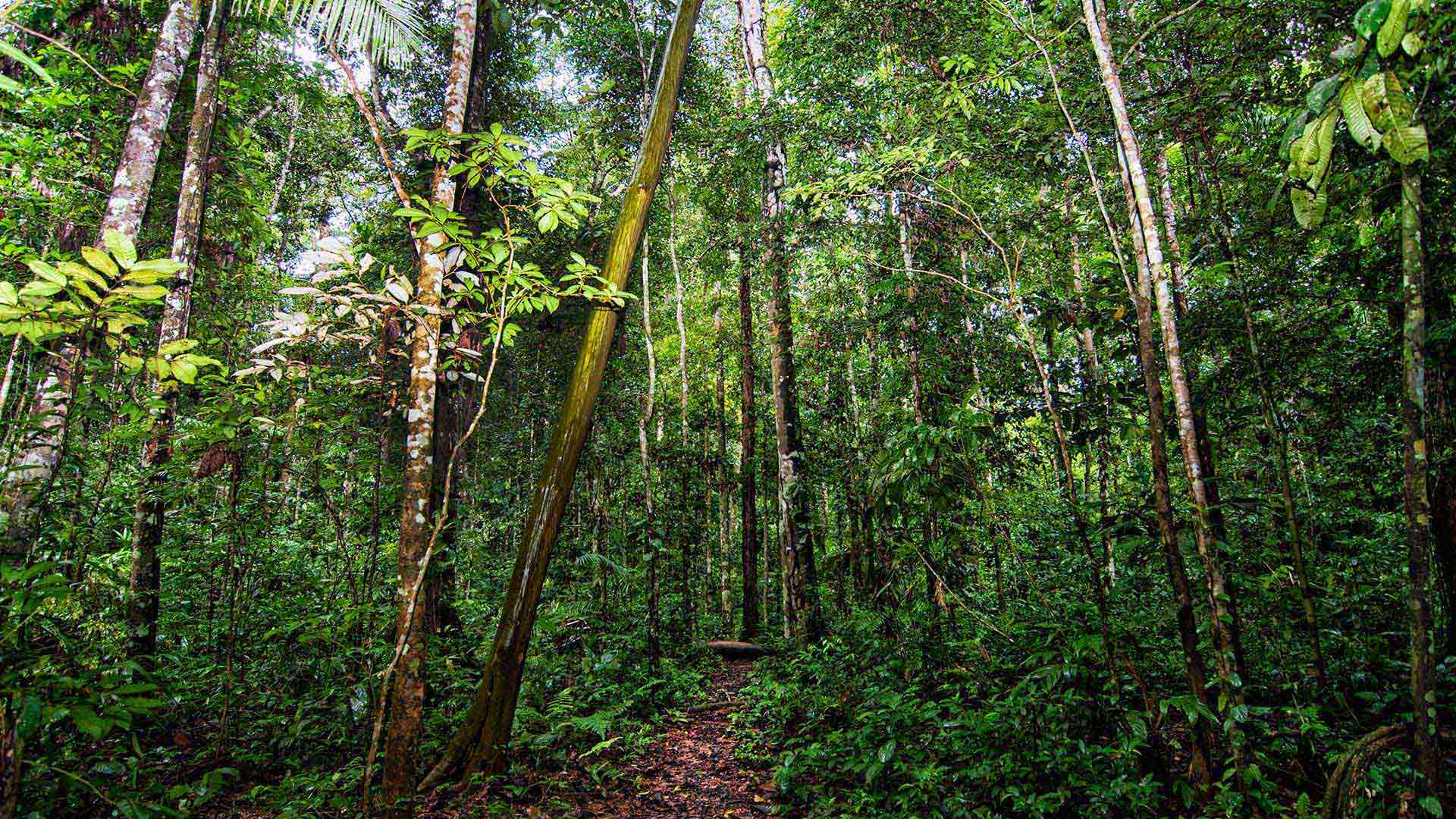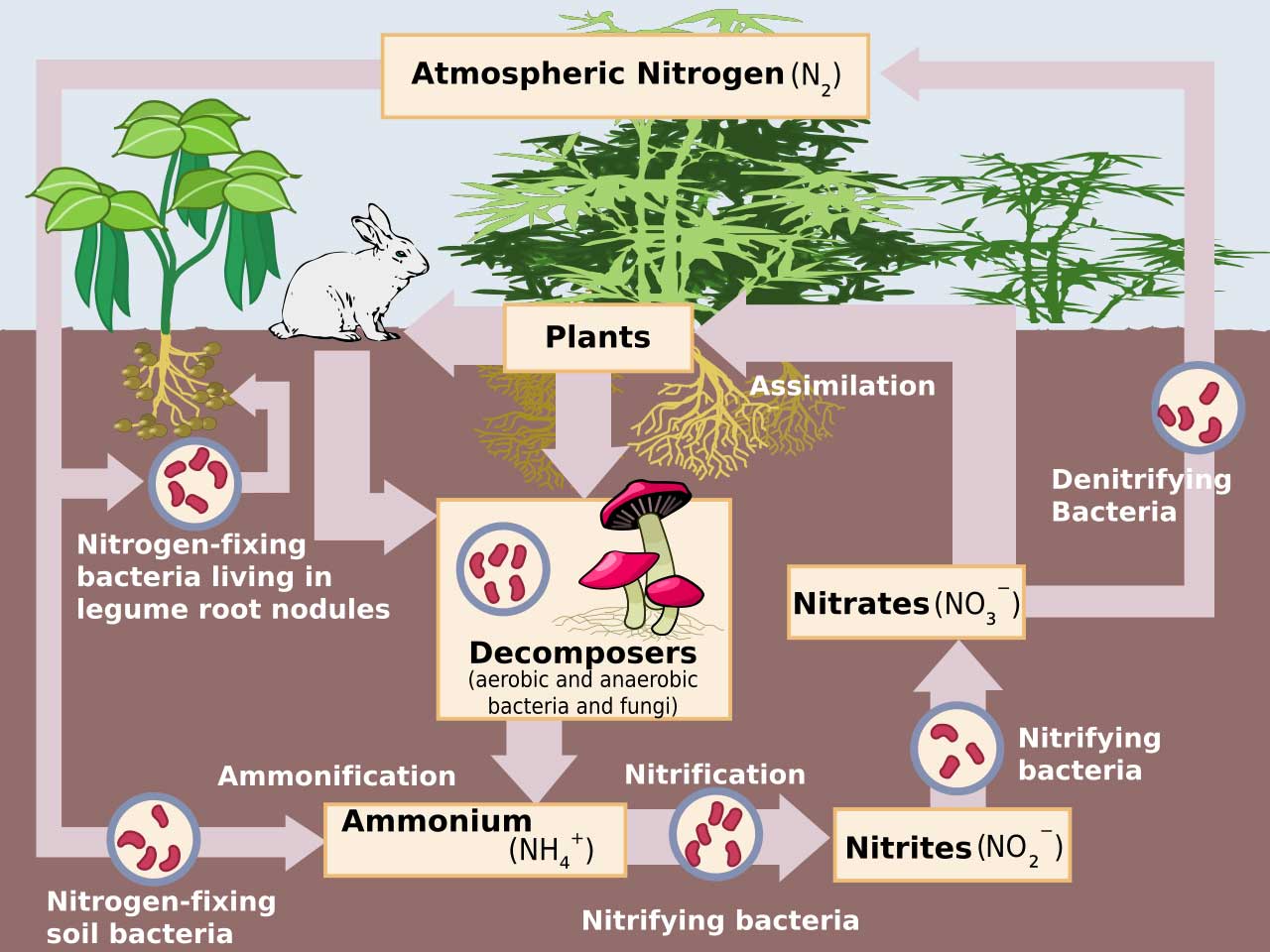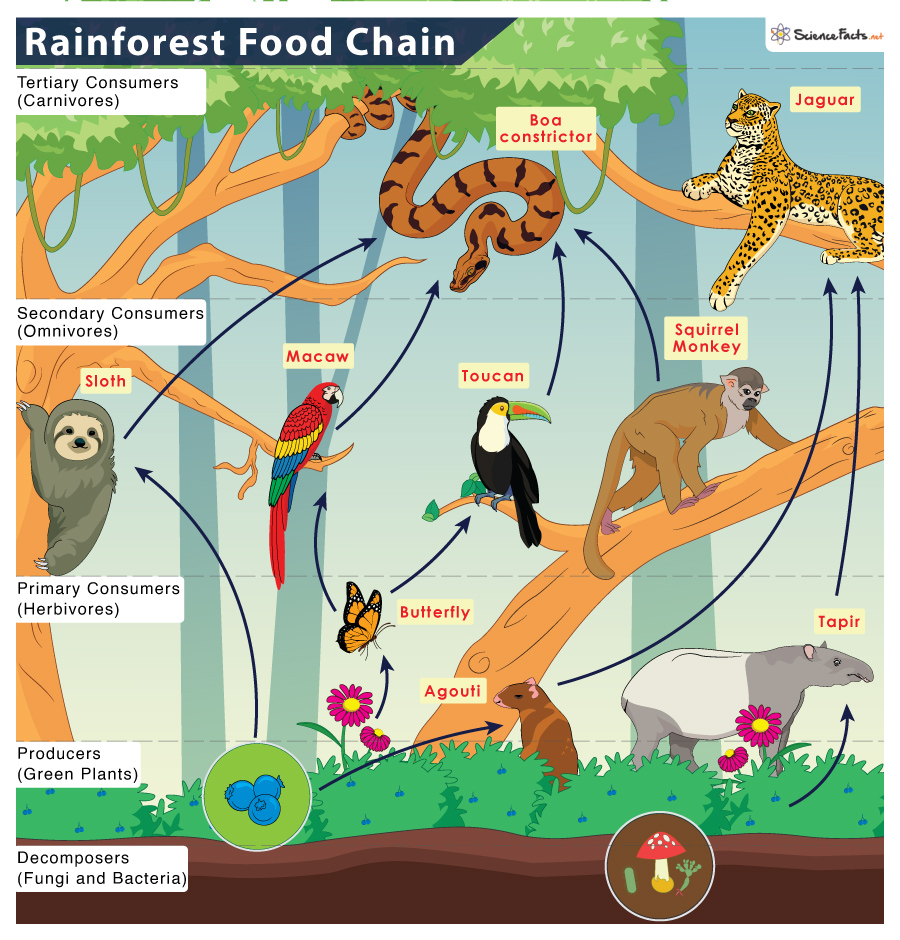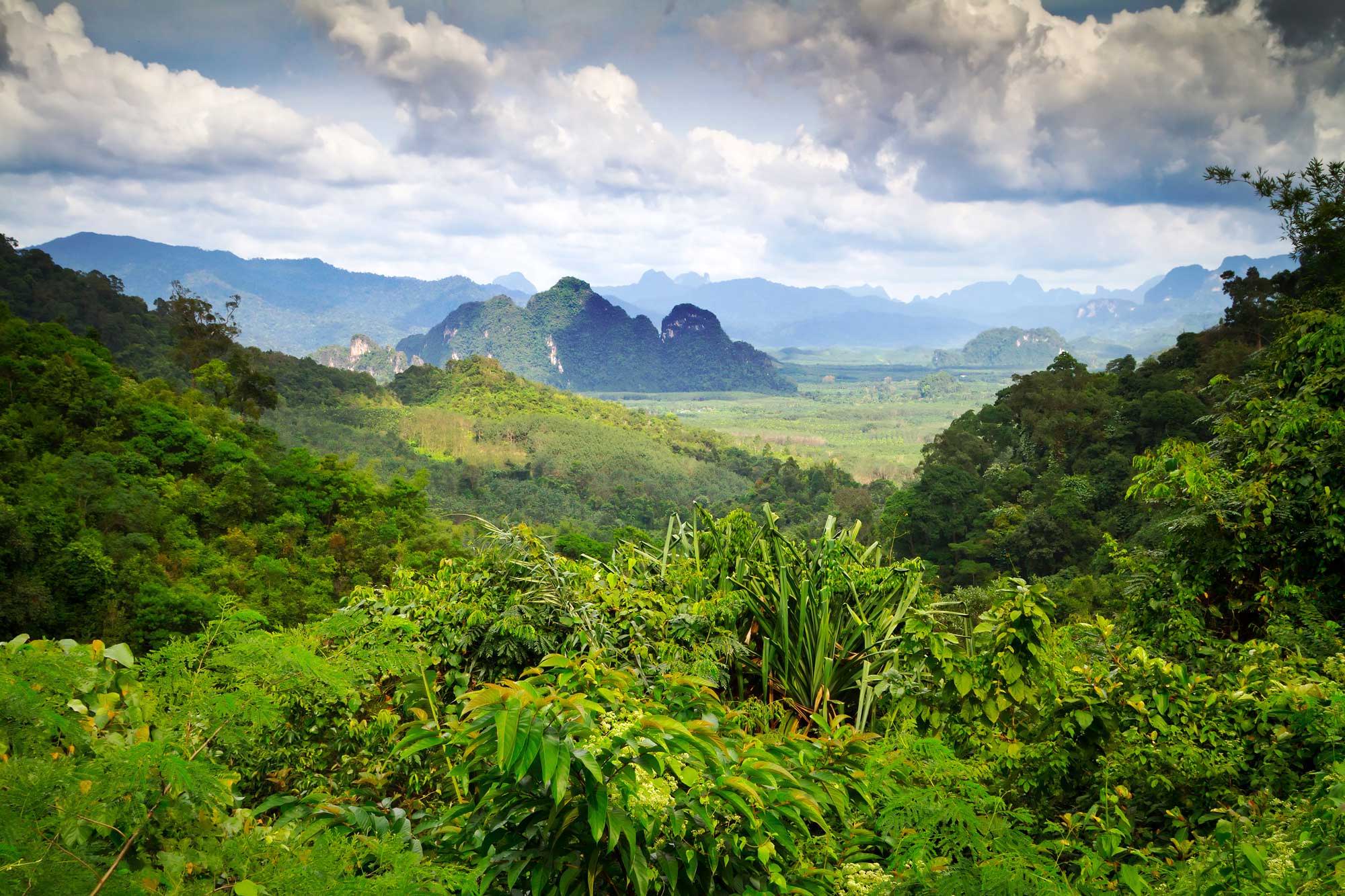Topic terrestrial ecosystem: Explore the vast diversity and intricate dynamics of terrestrial ecosystems, where life interconnects within unique habitats, shaping our planet"s biodiversity and ecological balance.
Table of Content
- What are examples of terrestrial ecosystems found on land?
- Overview of Terrestrial Ecosystems
- Types of Terrestrial Ecosystems
- Climate and Its Impact on Terrestrial Ecosystems
- Biodiversity in Terrestrial Ecosystems
- Soil and Landforms in Terrestrial Ecosystems
- Human Impact on Terrestrial Ecosystems
- YOUTUBE: Terrestrial Biomes and Ecosystems
- Conservation Efforts for Terrestrial Ecosystems
- Role of Terrestrial Ecosystems in Carbon Sequestration
- Adaptations in Flora and Fauna
- Ecosystem Services Provided by Terrestrial Ecosystems
What are examples of terrestrial ecosystems found on land?
Examples of terrestrial ecosystems found on land:
- Tundra
- Taiga
- Temperate deciduous forest
- Tropical rainforest
- Grassland
- Savanna
- Desert
- Shrubland
READ MORE:
Overview of Terrestrial Ecosystems
Terrestrial ecosystems are Earth"s land-based communities where soil and vegetation are the primary components supporting life. These ecosystems vary greatly in size, climate, soil, and the types of organisms that inhabit them. They play a crucial role in the biosphere, influencing climate regulation, carbon storage, and biodiversity.
- Characterized by distinct biomes, including forests, grasslands, deserts, and tundra.
- Each biome supports unique flora and fauna adapted to the specific climate and soil conditions.
- Terrestrial ecosystems are essential for human livelihoods, providing resources such as food, fiber, medicine, and raw materials.
- They also offer ecosystem services like air and water purification, soil fertility, and pollination.
The health and stability of terrestrial ecosystems are vital for life on Earth, influencing weather patterns, supporting diverse life forms, and maintaining the balance of atmospheric gases.

Types of Terrestrial Ecosystems
Terrestrial ecosystems are classified into several major types, each defined by its climate, geography, vegetation, and wildlife. Understanding these types helps in the conservation and management of Earth"s biodiversity.
- Forests: Diverse ecosystems that include tropical rainforests, temperate forests, and boreal forests. They are characterized by a high density of trees and are crucial for carbon sequestration.
- Grasslands: Dominated by grasses, these ecosystems can be found in regions with moderate to low rainfall. Examples include savannas, prairies, and steppes.
- Deserts: Known for their extreme dry conditions, deserts can be hot or cold. They support a unique set of plants and animals adapted to water scarcity.
- Tundra: Found in the highest latitudes and at the peaks of mountains, the tundra is characterized by a cold, treeless landscape with a short growing season.
- Mountains: Characterized by a range of climates and ecosystems at different altitudes. Mountain regions support a diverse array of habitats.
Each type of terrestrial ecosystem plays a unique role in the Earth"s environment, supporting diverse forms of life and contributing to the global ecosystem"s health and productivity.
Climate and Its Impact on Terrestrial Ecosystems
Climate plays a fundamental role in shaping terrestrial ecosystems, affecting their distribution, structure, and function. The interaction between climate and ecosystems is a dynamic process, influencing biodiversity and ecosystem services.
- Temperature and Precipitation: The primary climatic factors that determine the type of vegetation and animal life in an area. For example, temperature regulates the growth rates of plants, while precipitation influences soil moisture and habitat availability.
- Extreme Weather Events: Storms, droughts, and wildfires can alter ecosystems rapidly, affecting their ability to recover and changing species composition over time.
- Seasonal Changes: Seasonal variations in climate, such as wet and dry seasons, strongly influence plant growth patterns, animal migrations, and reproductive cycles.
- Climate Zones: Terrestrial ecosystems are distributed across different climate zones, from tropical to polar, each supporting distinct communities of plants and animals.
- Global Warming: Climate change poses a significant threat to terrestrial ecosystems, with rising temperatures and changing precipitation patterns leading to habitat loss, species extinction, and altered ecosystem functions.
The resilience and adaptability of terrestrial ecosystems to climate change are crucial for maintaining biodiversity and the ecosystem services upon which human societies depend.

Biodiversity in Terrestrial Ecosystems
Biodiversity, the variety of life in all its forms and interactions, is a cornerstone of terrestrial ecosystems. These ecosystems are home to a myriad of plants, animals, microorganisms, and the ecological complexes they are part of.
- Species Diversity: Terrestrial ecosystems boast a wide range of species diversity, from the dense canopy of tropical rainforests to the sparse vegetation of deserts. Each species plays a unique role in its ecosystem, contributing to the stability and productivity of the environment.
- Genetic Diversity: Within species, genetic diversity enables populations to adapt to changing environmental conditions, enhancing ecosystem resilience to disturbances like climate change and invasive species.
- Ecosystem Diversity: The variety of ecosystems within a geographical location offers different niches for organisms, contributing to the global diversity of life.
- Importance of Biodiversity: High biodiversity increases ecosystem productivity, where each species, no matter how small, all have an important role to play. It contributes to natural sustainability for all life forms, and provides a library of resources for new medicines, food, and energy sources.
Maintaining biodiversity in terrestrial ecosystems is vital for ecosystem health, providing essential services such as pollination, seed dispersal, climate regulation, and water purification, ultimately supporting human well-being.
Soil and Landforms in Terrestrial Ecosystems
Soil and landforms are critical components of terrestrial ecosystems, influencing the distribution of plant and animal species, as well as ecosystem processes and services.
- Soil Types and Fertility: Soils vary widely across terrestrial ecosystems, from rich, organic soils in forests to sandy soils in deserts. Soil fertility affects the types of vegetation that can grow, impacting the overall biodiversity of the ecosystem.
- Soil Formation and Erosion: The formation of soil is a slow process that involves the weathering of rock and the accumulation of organic matter. Erosion, however, can rapidly remove topsoil, affecting soil quality and ecosystem health.
- Landforms: Mountains, valleys, plains, and plateaus create diverse habitats and microclimates that support a wide range of terrestrial ecosystems. These landforms can influence climate, water flow, and soil types within an area.
- Impact on Biodiversity: The interaction between soil, landforms, and climate shapes the habitat"s conditions, influencing the distribution and diversity of life. Different landforms and soil types support unique ecosystems, contributing to the planet"s overall biodiversity.
- Human Impact: Land use changes, agriculture, and urbanization can significantly alter soil quality and landforms, impacting terrestrial ecosystems. Conservation efforts are crucial to protect these natural resources and maintain ecosystem services.
Understanding the relationship between soil, landforms, and biodiversity is essential for the conservation and sustainable management of terrestrial ecosystems.

Human Impact on Terrestrial Ecosystems
Soil and landforms are critical components of terrestrial ecosystems, influencing the distribution of plant and animal species, as well as ecosystem processes and services.
- Soil Types and Fertility: Soils vary widely across terrestrial ecosystems, from rich, organic soils in forests to sandy soils in deserts. Soil fertility affects the types of vegetation that can grow, impacting the overall biodiversity of the ecosystem.
- Soil Formation and Erosion: The formation of soil is a slow process that involves the weathering of rock and the accumulation of organic matter. Erosion, however, can rapidly remove topsoil, affecting soil quality and ecosystem health.
- Landforms: Mountains, valleys, plains, and plateaus create diverse habitats and microclimates that support a wide range of terrestrial ecosystems. These landforms can influence climate, water flow, and soil types within an area.
- Impact on Biodiversity: The interaction between soil, landforms, and climate shapes the habitat"s conditions, influencing the distribution and diversity of life. Different landforms and soil types support unique ecosystems, contributing to the planet"s overall biodiversity.
- Human Impact: Land use changes, agriculture, and urbanization can significantly alter soil quality and landforms, impacting terrestrial ecosystems. Conservation efforts are crucial to protect these natural resources and maintain ecosystem services.
Understanding the relationship between soil, landforms, and biodiversity is essential for the conservation and sustainable management of terrestrial ecosystems.
Terrestrial Biomes and Ecosystems
Biomes: Explore the fascinating world of biomes and be amazed by the incredible diversity of life forms that exist in each. From lush rainforests to icy tundras, this video will take you on a virtual adventure through these captivating natural habitats. Ecosystems: Discover the delicate balance that exists in ecosystems and how every organism plays a vital role in sustaining life. Witness the incredible interconnections between plants, animals, and their environment in this eye-opening video that will leave you with a newfound appreciation for our planet\'s ecosystems.
Terrestrial Ecosystems
Conservation Efforts for Terrestrial Ecosystems
Conservation efforts for terrestrial ecosystems are multifaceted and involve global cooperation to preserve biodiversity, mitigate climate change, and sustain ecosystem services. Key strategies include the designation and management of protected areas, ecosystem restoration, and engaging local communities and Indigenous peoples in conservation practices.
Protected areas are crucial for conserving terrestrial biodiversity, with efforts to expand these areas to cover more species and ecosystems. The aim is to ensure ecologically representative conservation that includes a variety of species and habitats, especially those threatened with extinction. Initiatives like the REDD+ (Reducing Emissions from Deforestation and forest Degradation) focus on conserving forests to combat climate change, while programs such as the Bonn Challenge and the UN Decade on Ecosystem Restoration seek to restore degraded lands.
- Strategic conservation planning involves identifying and protecting high-carbon ecosystems like mangroves, peatlands, and old-growth forests, which are vital for carbon sequestration.
- Ecosystem restoration aligns with Sustainable Development Goals, offering solutions for climate mitigation, water and food security, and biodiversity conservation. Over 50 countries have endorsed the Restoration Barometer to report progress on restoration targets.
- Conservation International emphasizes the importance of natural ecosystems being worth more alive than dead, working with businesses, governments, and communities to minimize deforestation and increase the return on investment in reforestation and sustainable management of natural ecosystems.
- Capacity building at national, provincial, and local levels is necessary for effective conservation and restoration, with a focus on enabling external sources to inform conservation policies.
- International and local partnerships, including with UNESCO, the IUCN, and the UN Environment Programme, support the conservation and sustainable use of biodiversity through designated biosphere reserves, World Heritage sites, and other conservation instruments.
These conservation efforts are designed not only to protect the inherent value of terrestrial ecosystems but also to ensure their resilience against climate change, support sustainable livelihoods, and maintain the ecosystem services upon which human well-being heavily depends.

Role of Terrestrial Ecosystems in Carbon Sequestration
Terrestrial ecosystems play a critical role in the global carbon cycle, acting as significant carbon sinks that absorb CO2 from the atmosphere through photosynthesis. This process not only mitigates the impact of climate change but also supports biodiversity and ecosystem services. Forests, wetlands, peatlands, and agricultural lands are among the key terrestrial ecosystems involved in carbon sequestration.
- Forests, including tropical, temperate, and boreal forests, are the largest carbon stores on land, storing carbon in both biomass and soil. They absorb a significant amount of CO2 through the photosynthesis process carried out by trees and plants.
- Wetlands, such as mangroves and peatlands, are highly efficient at storing carbon in their soil and biomass. Despite covering a small percentage of the Earth"s surface, they sequester a large amount of carbon, making their conservation critical for climate change mitigation.
- Agricultural lands offer potential for carbon sequestration through practices such as cover cropping, reduced tillage, and agroforestry, which increase soil organic matter and improve soil health.
- Grasslands and savannas also contribute to carbon storage in their soil and vegetation. Proper management and restoration of these ecosystems can enhance their carbon sequestration capacity.
Enhancing the carbon sequestration capacity of terrestrial ecosystems involves conservation, restoration, and sustainable management practices. These efforts not only sequester carbon but also improve ecosystem resilience, support biodiversity, and provide socio-economic benefits to communities through ecosystem services such as water purification, soil fertility, and climate regulation.
Adaptations in Flora and Fauna
Adaptations in flora and fauna are evolutionary modifications that enable organisms to survive, reproduce, and thrive in their terrestrial ecosystems. These adaptations can be structural, physiological, or behavioral, helping organisms to overcome environmental challenges such as climate variations, availability of food and water, and predation pressures.
- Structural Adaptations: Physical features of organisms that enhance their survival. For example, the thick bark of trees in fire-prone ecosystems protects them from damage, while the deep roots of desert plants allow them to access water from deep underground.
- Physiological Adaptations: Internal processes that enable survival under specific environmental conditions. Many desert animals, for instance, have highly efficient kidney functions to conserve water, and certain alpine plants can produce antifreeze proteins to survive freezing temperatures.
- Behavioral Adaptations: Actions by organisms that help them survive or reproduce. Migratory birds travel thousands of miles to exploit seasonal resources, and some species of mammals hibernate during winter to conserve energy when food is scarce.
Flora adaptations also include variations in leaf size and thickness, with some plants in hot, sunny environments having small, thick leaves to minimize water loss, while plants in shaded forests might have larger, thinner leaves to maximize light absorption. Fauna adaptations might involve camouflage, mimicry, and social behaviors for protection and resource acquisition.
These adaptations are not static; they evolve as environmental conditions change, demonstrating the resilience and complexity of life in terrestrial ecosystems. Conservation efforts often aim to preserve the diverse habitats that support this wide array of adaptations, highlighting the interconnectedness of life on Earth.

READ MORE:
Ecosystem Services Provided by Terrestrial Ecosystems
Terrestrial ecosystems offer a wide array of ecosystem services that are essential for human survival and well-being. These services are broadly categorized into provisioning, regulating, supporting, and cultural services. Each category plays a unique role in contributing to the health of the planet and the quality of life for all living beings.
- Provisioning Services: These include the supply of food, fresh water, wood, fiber, and genetic resources. Forests, for example, provide timber and non-timber products, while agricultural land produces the vast majority of human food.
- Regulating Services: Terrestrial ecosystems regulate critical environmental processes such as climate regulation, water purification, flood control, and disease regulation. Forests and wetlands, for instance, act as carbon sinks and help in controlling local climate conditions.
- Supporting Services: These are necessary for the production of all other ecosystem services, including soil formation, nutrient cycling, and primary production. Such services ensure the sustainability of terrestrial ecosystems and their ability to continue providing services.
- Cultural Services: These include aesthetic, spiritual, educational, and recreational values. Natural landscapes offer inspiration, sacred sites, knowledge systems, and spaces for recreation, contributing to mental and physical well-being.
Understanding and preserving the ecosystem services provided by terrestrial ecosystems is vital for sustainable development. Conservation efforts often focus on maintaining or enhancing these services through the protection of biodiversity and the implementation of sustainable land management practices. By recognizing the value of these services, societies can make informed decisions that support both the environment and human well-being.
Discover the vital role of terrestrial ecosystems in sustaining biodiversity, mitigating climate change, and providing essential services that underpin human well-being. Explore how conservation efforts can safeguard these precious resources for future generations.










